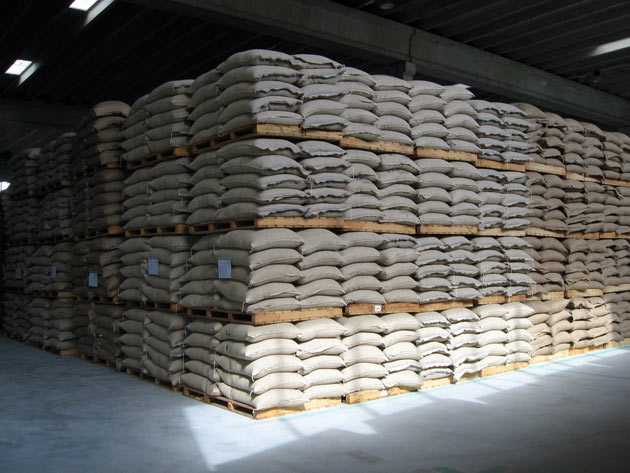LONDON – The coffee market registered further decreases in July with prices reacting to the depreciation in the Brazilian exchange rate, which dropped to a 12-year low against the US dollar.
Concerns over production in Brazil have largely subsided, although some recent domestic reports have reiterated that the crop could still be feeling the effect of last year’s drought. This could potentially result in a smaller bean size, which would reduce overall output.
The daily price of the ICO composite indicator fell to a low of 116.02 cents in July, its lowest daily value since late January 2014.
The monthly average settled on 119.77 US cents/lb, 4.2% less than last month, and its lowest level in 18 months. All four groups were lower, with the biggest drop unsurprisingly in Brazilian Naturals. Robustas were also negatively affected, falling by 3.5% to 87.12 cents, their lowest monthly level since November 2013.
Other Milds increased their price differential over Colombian Milds to nearly 10 cents, which is unprecedented in the free market period.
Although the availability of washed Arabicas from Central America is improving, total production remains well below its 2011/12 level, while in Peru the coffee leaf rust outbreak has worsened over the last year.
The arbitrage between Arabica and Robusta, as reflected by the New York and London futures markets, narrowed for the third consecutive month to just 51.43 cents, less than half its level of August 2014.
Total exports in June came to 9.7 million bags, 3.3% less than last year, but this is still the second-largest level for June on record.
Shipments of Robustas and Brazilian Naturals were both lower, by 6.1% and 17.2% respectively, but Colombian Milds were up 26.2% and Other Milds by 7.7%. This brings total exports for the first three quarters of the coffee year to 82.1 million bags, 4.3% less than the same period last year, with Colombian Milds the only group showing an increase.
Turning to exports for the October to June period in the four largest coffee producers over the last 6 years, the most significant trend is the consistent increase in exports by Brazil since 2011/12, which so far this year have reached a record 27.4 million bags.
These exports have been encouraged by the continued depreciation of the Brazilian real, which this month fell to a 12-year low against the US dollar.
Although production in Brazil was reduced in 2014/15, the domestic stocks accumulated over the two previous seasons have allowed exports to continue unabated.
Colombia has similarly recorded four consecutive years of increased exports, up to 8.9 million bags over the time period, as the national authorities’ renovation programmes bear fruit, with the depreciating peso also having an impact.
Vietnam, on the other hand, has recorded significantly lower exports so far in coffee year 2014/15. Shipments are estimated at 15.3 million bags, 16.8% lower than last year, as farmers show a reluctance to sell given the low domestic prices.
Exports from Indonesia are also estimated lower by 25.6% compared to last year, down to just 4 million bags, dropping below Honduras for the first time; this is a consequence of the adverse weather in 2014 as well as increasing domestic consumption, which reduces export availability.
In summary, while the coffee market seems to have no immediate supply concerns, it must be reiterated that stock levels in most producing countries are waning, and while there is a moderate buffer in importing country warehouses, this may not be sufficient to cover any significant negative shock to production.
This could leave the market highly susceptible to a rapid surge in prices, as seen previously in March 2014 and early 2011, if production fails to meet expectations.
Download the full Market Report in PDF format.















